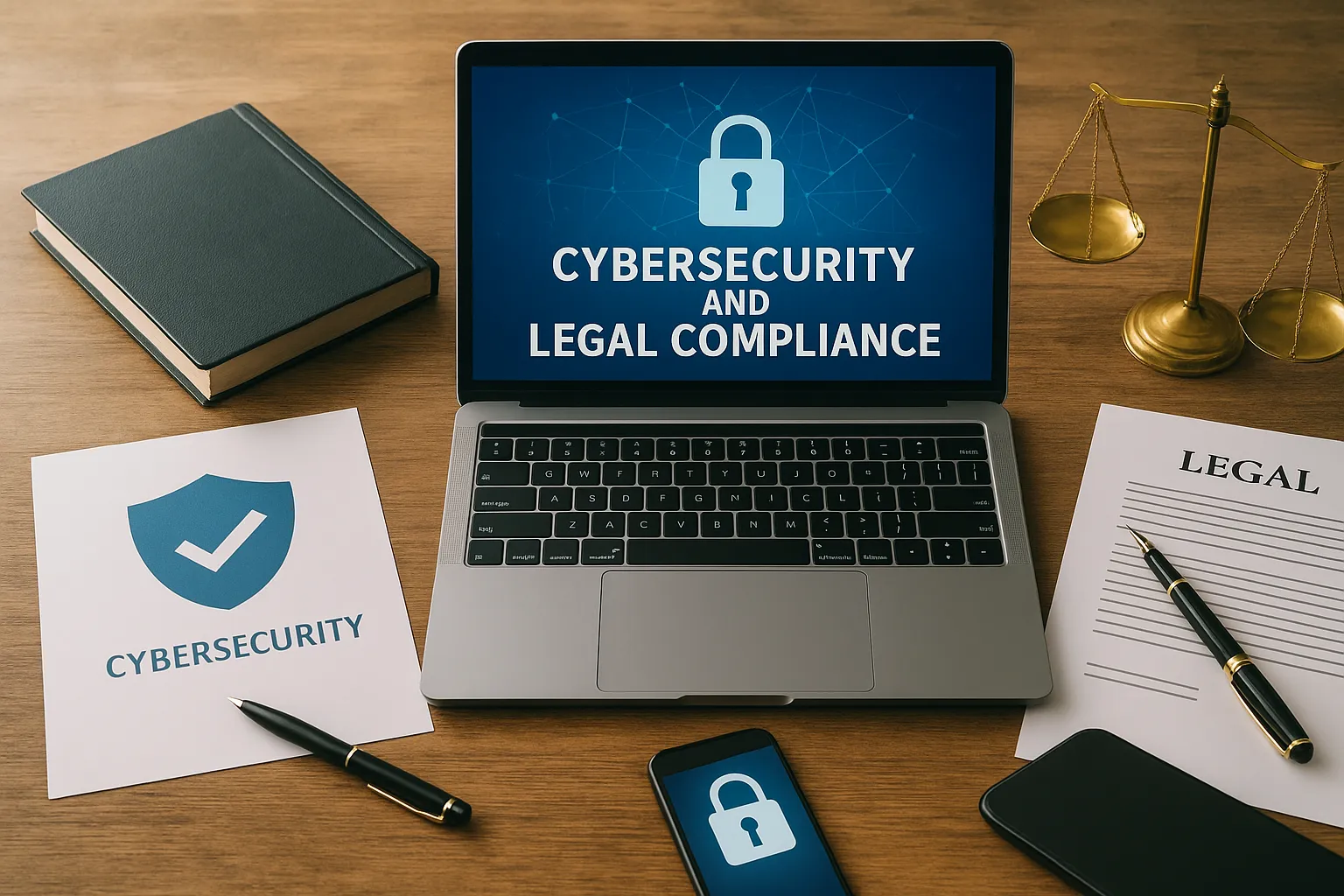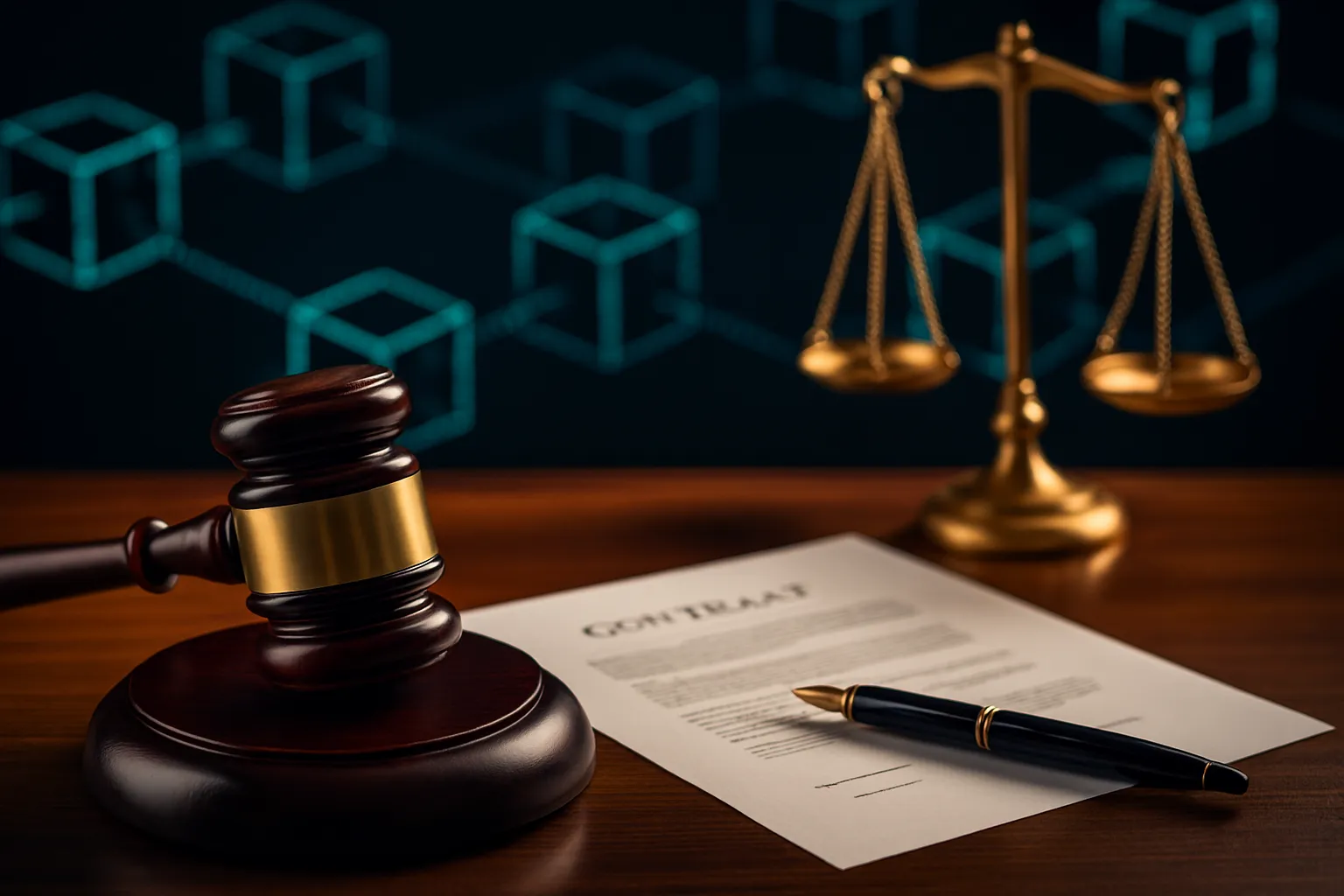Cybersecurity and Legal Compliance: Global Regulations Explained
In today’s digital world, cybersecurity is no longer a technical challenge alone but a critical legal and regulatory issue. Organizations face increasing pressure to secure their data, protect customer privacy, and adhere to global regulations. Failing to comply can lead not only to reputational damage but also severe financial penalties. This article explores how cybersecurity and legal compliance intersect across jurisdictions, highlights major global regulations, and provides practical insights into building strong compliance strategies.

Introduction to Cybersecurity and Legal Compliance
The modern economy relies on digital infrastructure, making cybersecurity essential for businesses of all sizes. However, with rising threats such as ransomware, phishing, and data breaches, governments worldwide have introduced laws to protect individuals and organizations. These laws require companies to implement security controls, conduct audits, and report incidents. Legal compliance ensures that businesses meet these obligations while also demonstrating accountability to customers and regulators.
Understanding the relationship between cybersecurity and legal compliance is crucial for global enterprises. Compliance is not simply about avoiding fines - it is also about building trust and resilience in a hyperconnected world. The challenge lies in navigating overlapping, sometimes conflicting, regulations across countries and industries.
The Rise of Global Cybersecurity Regulations
Over the past decade, regulators have recognized the growing threat of cybercrime. This has resulted in the rapid development of global regulations addressing data protection, critical infrastructure security, and digital governance. For example, the European Union’s GDPR set a new global standard for privacy and data handling. Similarly, the U.S. has multiple frameworks like HIPAA and CCPA that focus on healthcare and consumer rights.
As regulations evolve, compliance becomes more complex. Multinational corporations must often align with multiple laws simultaneously. For instance, a company serving European and Californian customers must comply with both GDPR and CCPA. This overlapping regulatory landscape highlights the importance of compliance frameworks and international collaboration.
Key Global Cybersecurity Regulations
There are several landmark regulations that have reshaped how companies manage cybersecurity:
GDPR (General Data Protection Regulation)
The GDPR, implemented in 2018, remains the most comprehensive privacy law worldwide. It requires organizations to protect personal data, obtain consent for processing, and report breaches within 72 hours. Non-compliance can result in fines up to 4% of global turnover.
CCPA (California Consumer Privacy Act)
The CCPA enhances privacy rights for California residents, requiring businesses to disclose how data is collected and allow consumers to opt-out of data sales. It represents a growing trend of U.S. states enacting their own privacy laws.
HIPAA (Health Insurance Portability and Accountability Act)
HIPAA governs how healthcare organizations protect patient data in the U.S. It mandates strict security measures for electronic health records and imposes penalties for breaches.
China’s Personal Information Protection Law (PIPL)
The PIPL, often compared to GDPR, introduces strict rules for cross-border data transfers and requires companies to obtain explicit consent for data processing. It demonstrates China’s commitment to regulating the digital economy.
Other Frameworks
- Brazil’s LGPD – Brazil’s equivalent to GDPR
- Japan’s APPI – Act on the Protection of Personal Information
- India’s DPDP Act – New framework for digital personal data protection
Sector-Specific Cybersecurity Compliance
Different industries face unique compliance requirements due to the sensitivity of their data.
Healthcare
Healthcare organizations must comply with HIPAA, GDPR, and other local frameworks. The stakes are high as data breaches can expose sensitive medical records. For example, hospitals must encrypt patient data, conduct audits, and ensure third-party vendors meet compliance standards.
Finance
Banks and financial institutions are frequent cyberattack targets. Regulations such as the PCI DSS (Payment Card Industry Data Security Standard) and the EU’s PSD2 (Payment Services Directive) establish strict guidelines for securing transactions. Compliance in finance is not only about protecting customers but also maintaining systemic stability.
Energy and Critical Infrastructure
Governments have introduced special laws for critical infrastructure sectors, such as the NIS Directive in the EU. These regulations require operators to manage risks, share threat intelligence, and ensure business continuity. Non-compliance could endanger national security.
Challenges of Cross-Border Compliance
Global companies must manage conflicting requirements across jurisdictions. For example, GDPR restricts data transfers outside the EU unless adequate safeguards exist. Meanwhile, U.S. surveillance laws sometimes demand access to data stored abroad. This creates a legal grey area for multinational businesses.
Another challenge is the cost of compliance. Implementing technical measures, training staff, and hiring legal experts can be expensive, particularly for small and medium enterprises. However, the cost of non-compliance - fines, lawsuits, and reputational harm - can be even greater.
The Role of Cybersecurity Frameworks
To simplify compliance, organizations often rely on standardized cybersecurity frameworks. These frameworks provide structured guidelines to strengthen defenses and meet regulatory obligations.
NIST Cybersecurity Framework
Developed by the U.S. National Institute of Standards and Technology, the NIST CSF helps organizations identify, protect, detect, respond, and recover from cyber incidents. Many regulators recognize it as a best-practice model.
ISO/IEC 27001
This international standard outlines requirements for information security management systems. Certification demonstrates a company’s commitment to security and compliance, boosting customer trust.
CIS Controls
The Center for Internet Security provides practical controls that help organizations defend against common cyber threats. These controls align with multiple regulatory requirements, making them useful for compliance mapping.
Legal Obligations for Incident Reporting
One critical aspect of cybersecurity compliance is breach notification. Regulations require organizations to report incidents promptly to regulators and affected individuals.
GDPR Example
Under GDPR, companies must notify authorities within 72 hours of detecting a breach. Failure to do so can result in higher penalties. This rule encourages organizations to develop incident response plans.
Sector Requirements
In finance, regulators such as the U.S. SEC mandate disclosure of cyber risks and incidents in annual reports. Similarly, healthcare providers must report breaches to patients and government agencies under HIPAA.
Data Sovereignty and Localization Laws
Many countries now require that personal or sensitive data be stored within their borders. This trend, known as data localization, poses challenges for global cloud services and cross-border data flows.
China and Russia
Both China and Russia enforce strict data localization laws, requiring that data collected from citizens remain in-country. This impacts multinational companies relying on global cloud infrastructure.
EU’s Approach
The EU balances free data flow with strict safeguards. Mechanisms like Standard Contractual Clauses (SCCs) and adequacy decisions enable transfers while maintaining compliance.
The Cost of Non-Compliance
Non-compliance with cybersecurity regulations can lead to severe consequences:
- Heavy fines, such as GDPR penalties reaching millions of euros
- Reputational damage that erodes customer trust
- Operational disruption due to investigations or sanctions
- Loss of business opportunities and partnerships
For example, British Airways faced a £20 million fine after a major data breach affecting customer payment information. Such cases demonstrate the importance of proactive compliance strategies.
Building a Global Compliance Strategy
Organizations can reduce risk by adopting a structured compliance strategy. Key steps include:
Conducting Risk Assessments
Companies should identify vulnerabilities, prioritize risks, and map compliance requirements across jurisdictions. Regular risk assessments ensure that compliance measures remain relevant.
Implementing Technical Safeguards
Encryption, access controls, and continuous monitoring are critical to meeting legal obligations. For example, encrypting customer data not only prevents breaches but also aligns with multiple regulations.
Training and Awareness
Employees are often the weakest link in cybersecurity. Regular training programs ensure staff understand compliance requirements and recognize threats such as phishing attacks.
Partnering with Legal and Security Experts
External consultants and legal counsel can help navigate complex regulations, especially in rapidly changing jurisdictions. Collaboration between IT and legal teams is essential.
The Future of Cybersecurity and Compliance
Cybersecurity regulations will continue to expand as digital threats evolve. Emerging technologies like artificial intelligence, blockchain, and quantum computing introduce new risks that lawmakers are beginning to address. Future regulations will likely focus on algorithmic accountability, cross-border cooperation, and supply chain security.
Companies that adopt proactive compliance strategies will be better prepared for these changes. Compliance is shifting from being a legal burden to becoming a strategic advantage, enabling businesses to build trust and differentiate themselves in competitive markets.
Conclusion
Cybersecurity and legal compliance are inseparable in today’s global economy. With diverse regulations like GDPR, HIPAA, CCPA, and PIPL shaping how organizations handle data, compliance is no longer optional - it is a necessity. Businesses must navigate complex, sometimes conflicting requirements while also building resilience against cyber threats. By leveraging frameworks, investing in compliance strategies, and fostering a culture of security, organizations can not only meet legal obligations but also gain long-term trust and competitive advantage.











